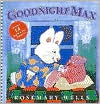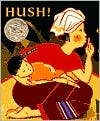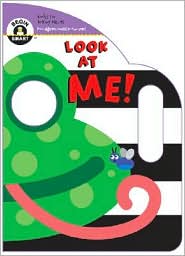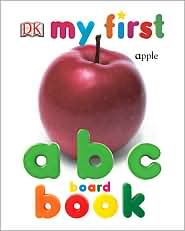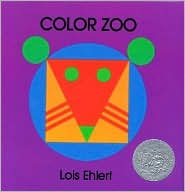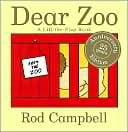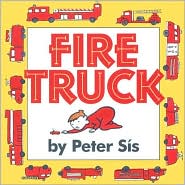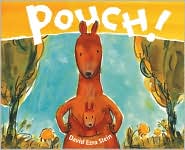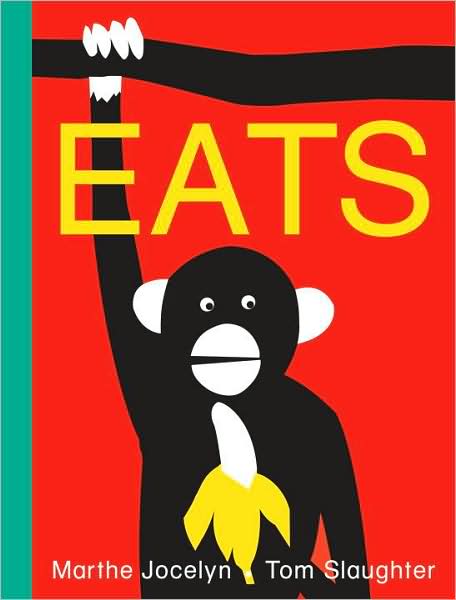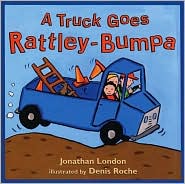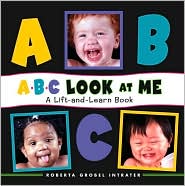
Early Literacy Aside: Explain Aside: Noticing that the same letter can look different, like upper and lower case, is a beginning step for letter knowledge, one of the early literacy skills that children need to be able to learn to read.
Early Literacy Aside--Example Aside: One way we can help children learn what the letters look like and the letter names is by sharing alphabet books. When sharing alphabet books with children, we tend to focus more on the print than with any other type of book. Let’s share an alphabet book together.
Share the book ABC Look at Me by Roberta Intrater. Did you notice that when I read the book, I pointed to the letter? As we read alphabet books, we tend to point out the letter on the page as we say its name. This does not come so naturally while reading other kinds of books. As you talk about the letter you can point out that the same letter can look different. For example, here’s the letter R. It can look like R or r.
Empower Aside: When you read alphabet books, don’t worry if your child does not recognize the letters and the different ways they look. You are just introducing the idea that the same letter can look different. Alphabet books do not need to be read from A to Z. You can give the book to your child and let them choose a page that looks interesting. Then talk about the picture and the letter. As your child grows, keep pointing out and talking about letters. Let your child see your interest in them and they will follow your lead in learning them.

